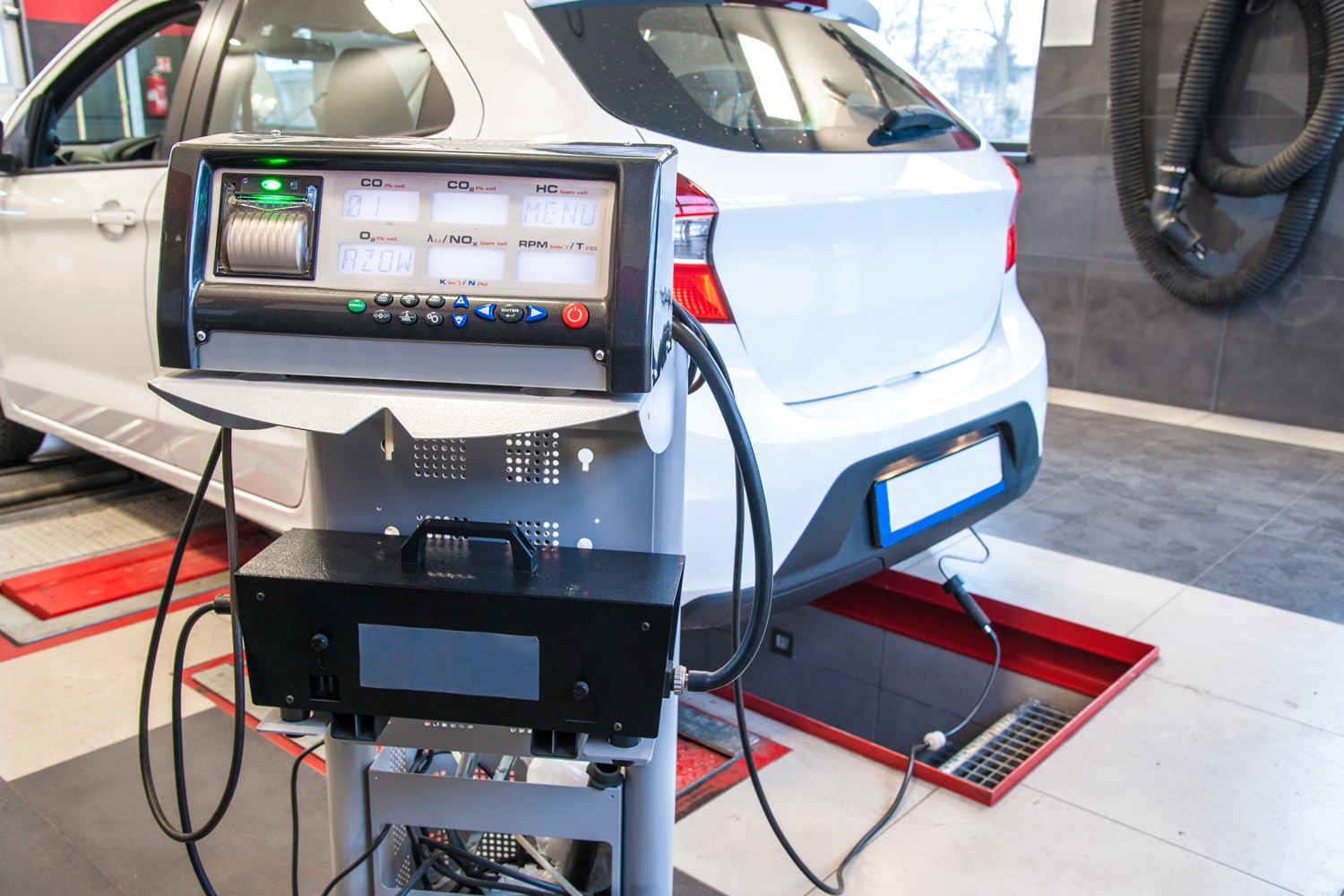What Is an Emissions Test, And Do I Need One?
The what, when, and where of ensuring your vehicle passes a 'smog" test.
 Shutterstock
Shutterstock
Article QuickTakes:
While every new vehicle design undergoes emissions testing by the Environmental Protection Agency before going on sale, there's a more immediate type of emissions testing facing millions of American motorists: the regular, state-level process required across the majority of the country.
What is an emissions test (also known as a "smog" test), and how do you know if you need one? Here's a primer on why, when, and where you can get your vehicle tested.
What Is an Emissions Test?
In the simplest terms, a state emissions test detects the amount of atmospheric pollution produced by an automobile while the engine is running, using sensors attached to its exhaust system. These pollutants can include carbon monoxide, oxygen, hydrocarbons, and nitrogen oxide.
Emissions tests are administered by state authorities, and each state uses its specific standard to determine acceptable emissions levels. The test type can also vary, with some states simulating actual driving on a dynamometer, testing at idle, or using existing onboard diagnostic systems to determine the condition of a vehicle's emissions equipment.
Do I Need an Emissions Test?
There are 32 states that require some type of emissions testing. However, not all these jurisdictions operate state-wide testing, with some exempting certain counties or cities. There are also frequent exemptions for older vehicles, those registered as collector cars or antiques, or "new" cars that fall within a sliding scale of model years.
The frequency of testing also varies depending on where you happen to live. Some states require testing every year, while others every two years. Some may also need a smog test when a vehicle changes hands or when it is brought in from another state.
Visiting your state's motor vehicle department website is a great place to check whether you need to schedule a smog test.
Where Can I Get an Emissions Test?
Things can get a little complicated when seeking a state emissions test. In Arizona, for example, you must stick to the county where your vehicle is registered, as testing requirements differ from one area to the next.
Generally, emissions tests are performed at a mix of licensed private garages or state-owned testing facilities. Some states make it easy to look up online where you need to go for a test, while others allow you to get a test performed in a state other than where you reside and then send the results to your home state’s motor vehicle department.
What If I Fail an Emissions Test?
In the event of a failed state emissions test, most jurisdictions will give you a window of time to have your vehicle's exhaust or smog equipment repaired before allowing a re-test. Waiver programs can also be applied to a vehicle that fails multiple re-tests after being repaired. Repeated failures without a waiver can make it impossible to register your vehicle.



